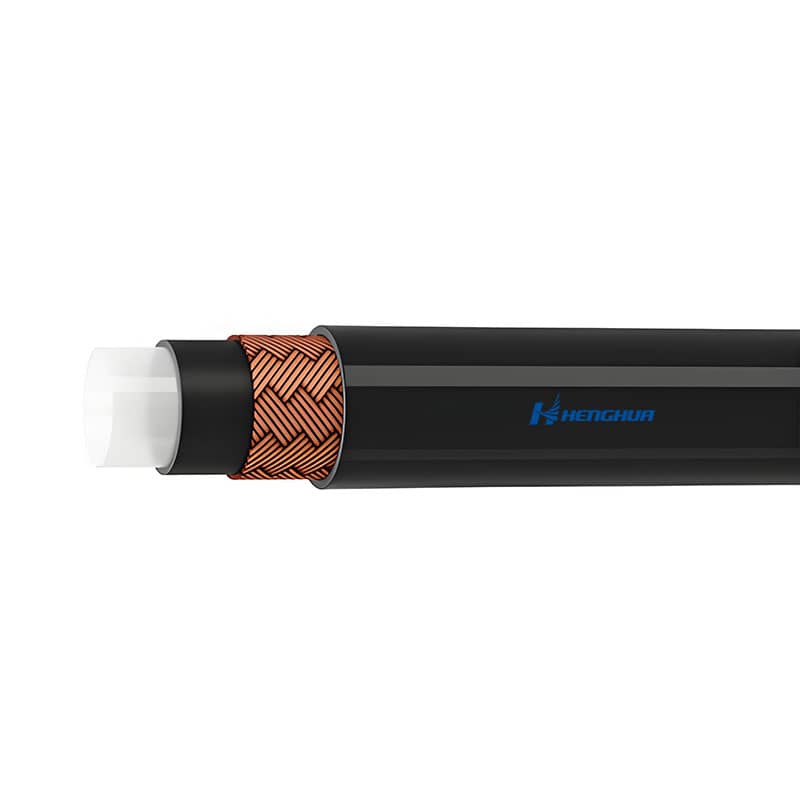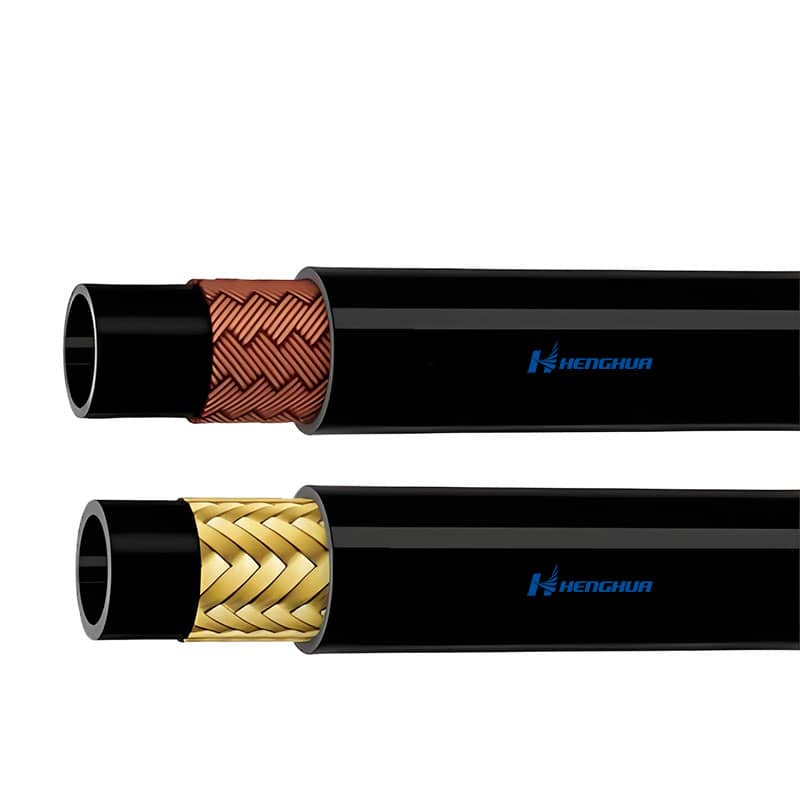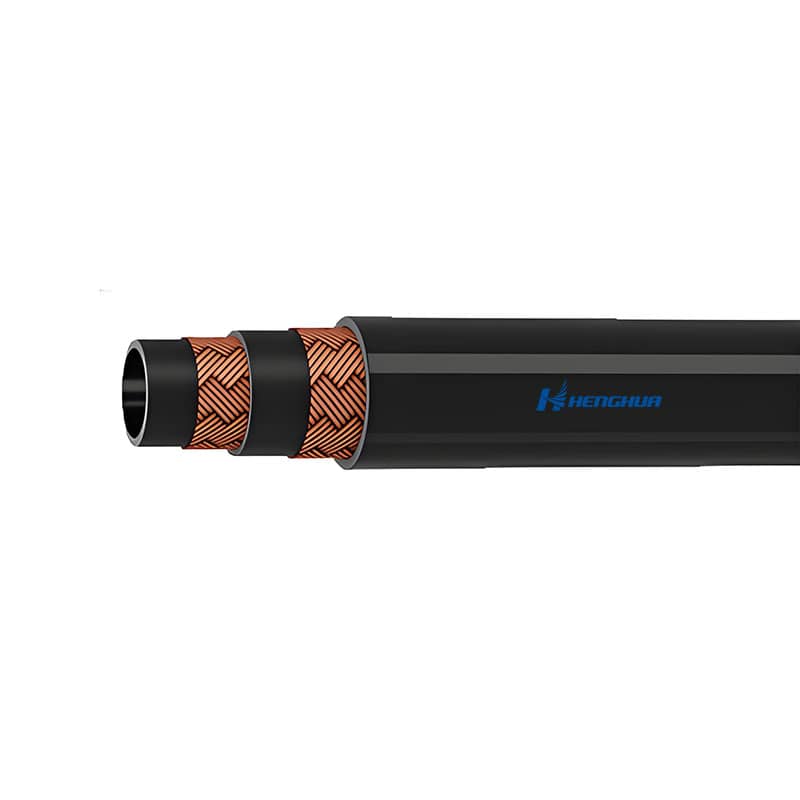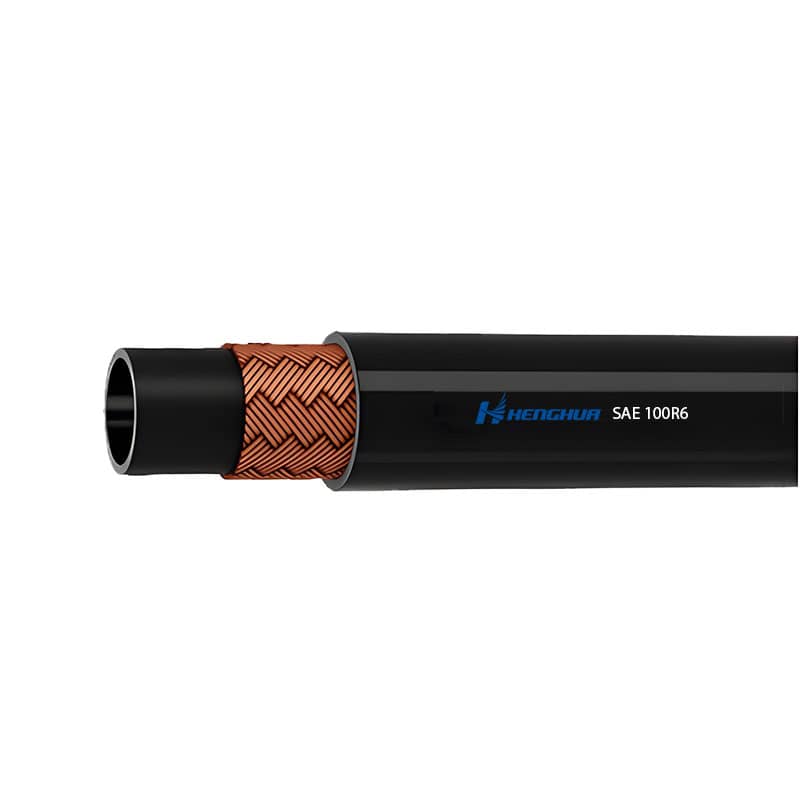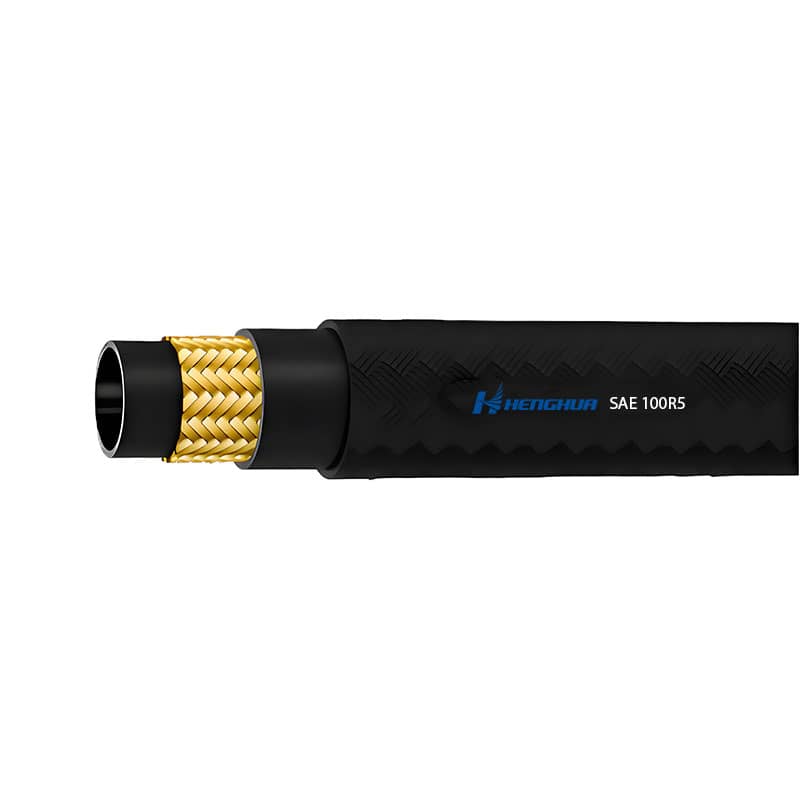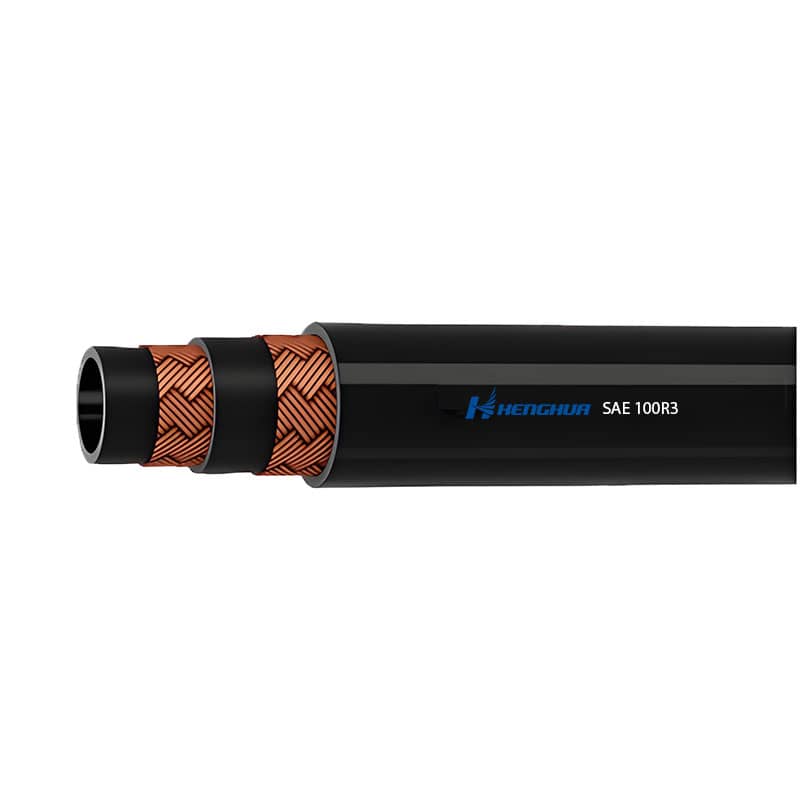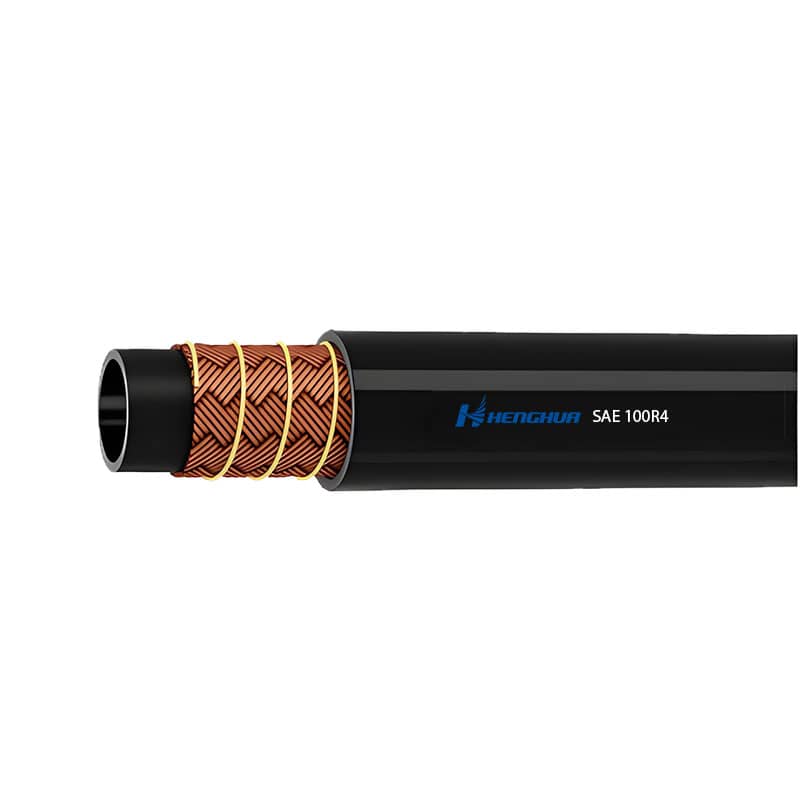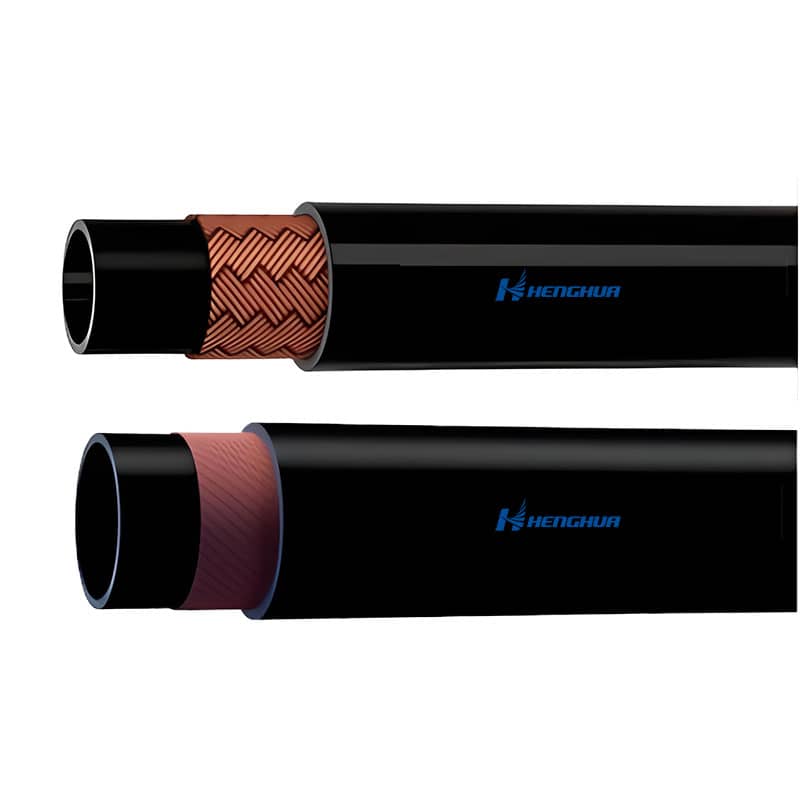Hydraulic hoses are critical components in hydraulic systems, transmitting power and fluids under high pressure to various machinery and equipment. Choosing the right hydraulic hose is essential for ensuring system efficiency and safety. This article explores the key differences between braided and spiral hydraulic hoses, highlighting their construction, advantages, and best use cases.
What Are Hydraulic Hoses?
Hydraulic hoses are flexible tubes used to transport hydraulic fluid in a hydraulic system. They are designed to withstand high-pressure environments and maintain the flow of hydraulic fluids to various parts of machinery. Hydraulic hoses are essential in a wide range of industries, including construction, automotive, agriculture, and manufacturing, where they are used to power machinery, hydraulic systems, and tools.
When selecting a hydraulic hose, it's important to understand the types available and choose one that meets the specific pressure, flexibility, and environmental requirements of your application.
Understanding Braided Hydraulic Hoses
What are Braided Hydraulic Hoses?
Braided hydraulic hoses consist of an inner tube, reinforcement layers, and an outer cover. The reinforcement layers typically include multiple layers of braided steel or synthetic fibers. These braided layers provide additional strength and pressure resistance. The inner tube carries the hydraulic fluid, while the outer cover protects the hose from external damage.
Advantages of Braided Hydraulic Hoses
- Flexibility: Braided hoses are more flexible compared to spiral hoses, making them easier to install in tight spaces.
- Durability: The braided reinforcement offers resistance to abrasions, cuts, and UV exposure, ensuring the hose lasts longer even under harsh conditions.
- Pressure Resistance: While braided hoses can handle moderate to high pressure, they are best suited for applications with lower pressure requirements.
Ideal Use Cases for Braided Hydraulic Hoses
Braided hydraulic hoses are commonly used in:
- Medium-pressure systems where flexibility and durability are important.
- Applications in industries such as agriculture, automotive, and construction where space constraints and movement are significant.
For high-quality braided hydraulic hoses, you may want to check out leading suppliers in the industry. What Are The Top Suppliers For High Pressure Hoses? is a great resource for finding reputable suppliers.
Understanding Spiral Hydraulic Hoses
What are Spiral Hydraulic Hoses?
Spiral hydraulic hoses are designed with several layers of steel wire wound around the hose to create a spiral pattern. This construction makes the spiral hose stronger and more resistant to high-pressure environments. The spiral construction provides superior strength compared to braided hoses and makes them ideal for heavy-duty applications.
Advantages of Spiral Hydraulic Hoses
- Higher Pressure Resistance: Spiral hoses can withstand significantly higher pressure compared to braided hoses, making them suitable for extreme conditions.
- Toughness: The spiral construction allows the hose to endure harsh mechanical wear and high-temperature environments.
- Durability: Spiral hydraulic hoses are less likely to kink under pressure, providing better durability and performance in demanding applications.
Ideal Use Cases for Spiral Hydraulic Hoses
Spiral hydraulic hoses are commonly used in:
- High-pressure hydraulic systems that require enhanced strength and durability.
- Heavy-duty applications in industries like oil and gas, mining, and construction, where high pressure and extreme conditions are common.
When selecting a hydraulic hose for high-pressure applications, spiral hoses are often the better choice due to their robust construction and resistance to wear.
Key Differences Between Braided and Spiral Hydraulic Hoses
The primary differences between braided and spiral hydraulic hoses lie in their construction, pressure ratings, flexibility, durability, and cost. Below is a detailed comparison:
1. Construction
- Braided Hoses: Feature a braided layer of steel or synthetic fibers around the inner tube. This provides moderate strength and flexibility.
- Spiral Hoses: Consist of multiple layers of steel wire wound in a spiral pattern, offering superior strength and high-pressure resistance.
2. Pressure Ratings
- Braided Hydraulic Hoses: Suitable for medium-pressure applications, typically up to 3,000 psi.
- Spiral Hydraulic Hoses: Designed for high-pressure applications, capable of handling pressures up to 6,000 psi or more.
3. Flexibility
- Braided Hoses: More flexible, making them easier to bend and install in confined spaces.
- Spiral Hoses: Less flexible than braided hoses but provide greater pressure resistance and durability.
4. Durability
- Braided Hydraulic Hoses: Offer good resistance to abrasions, UV damage, and light wear.
- Spiral Hydraulic Hoses: Extremely durable, resistant to kinking and damage from high-pressure bursts and harsh environmental conditions.
5. Cost
- Braided Hoses: More affordable and cost-effective for low to medium pressure applications.
- Spiral Hoses: More expensive due to their enhanced construction and ability to handle higher pressures.
6. Size and Customization
- Braided Hydraulic Hoses: Available in a wide range of sizes and often used for smaller, more compact installations.
- Spiral Hydraulic Hoses: Available in larger diameters and more suited for high-capacity, heavy-duty applications.
For businesses needing high-pressure hoses, it’s important to compare prices and get the right fit for your specific needs. What Are The Top Hydraulic Hose Manufacturers In The Industry? can guide you in finding the best manufacturers that offer competitive pricing and high-quality products.


